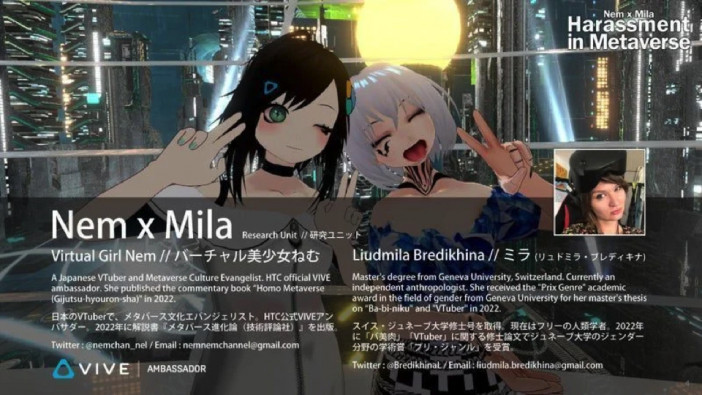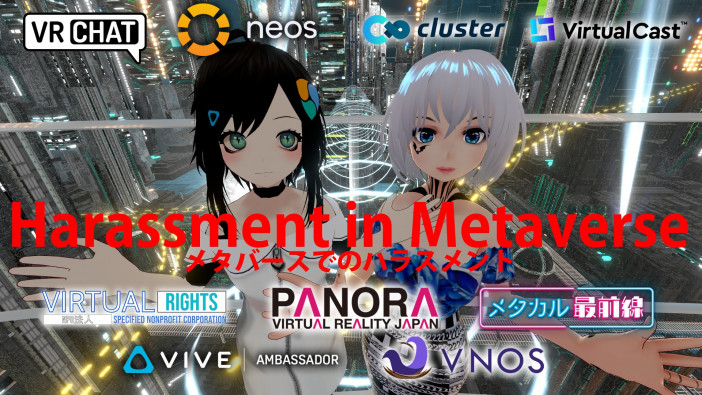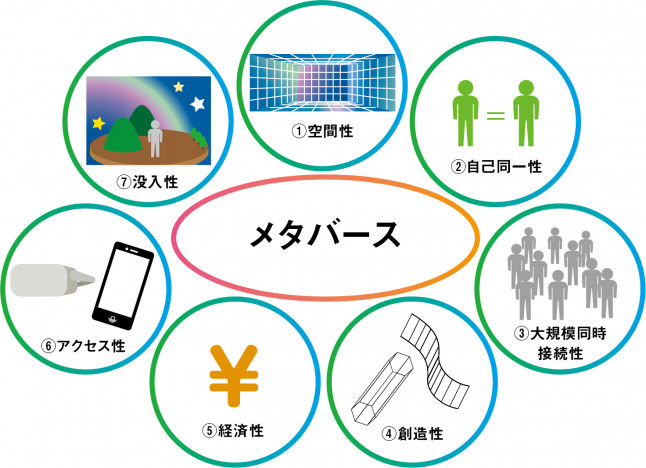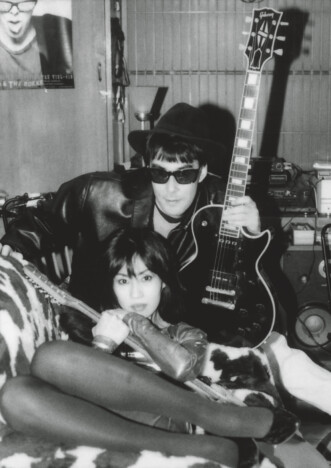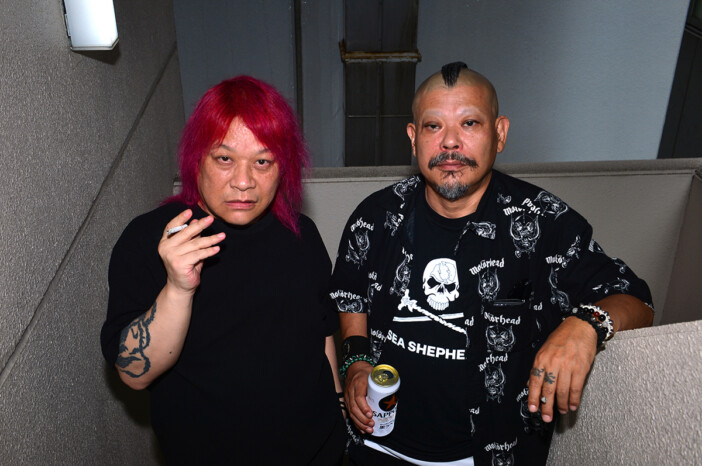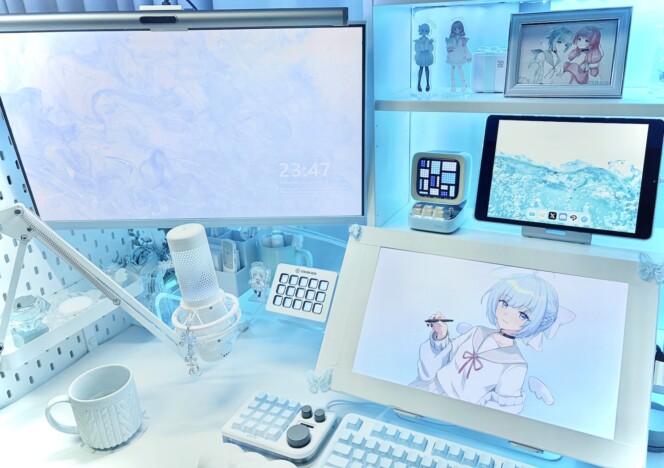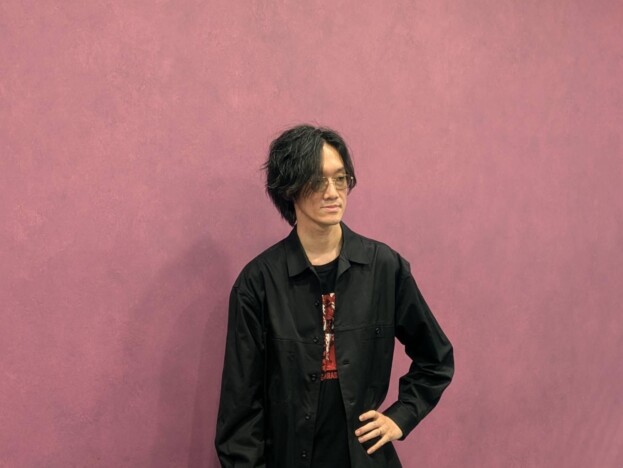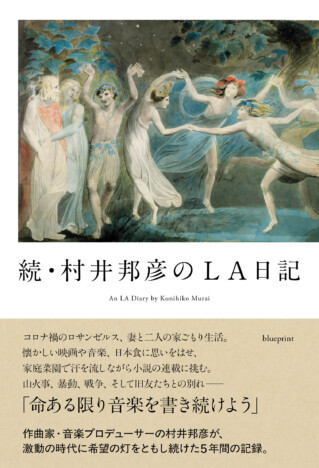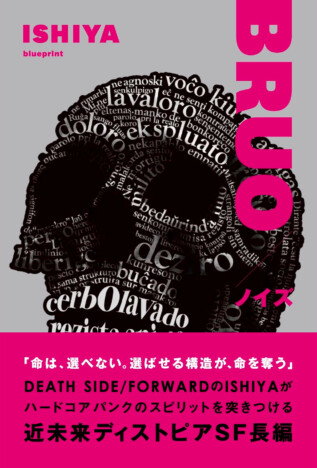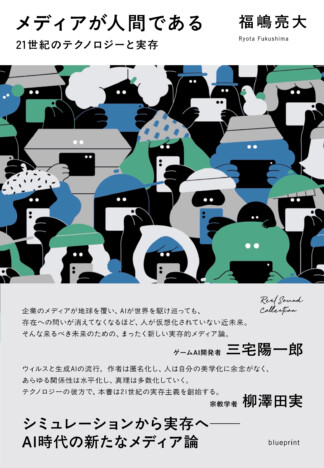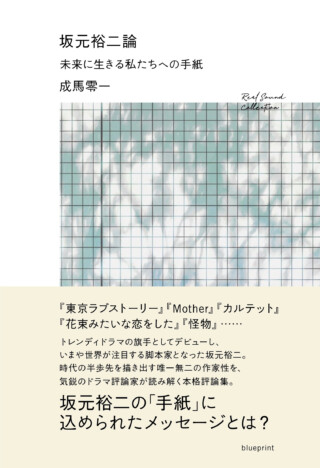人類学者・ミラと紐解く「バ美肉」の世界 あらゆる人が「理想の自分」になれる時代に感じた可能性
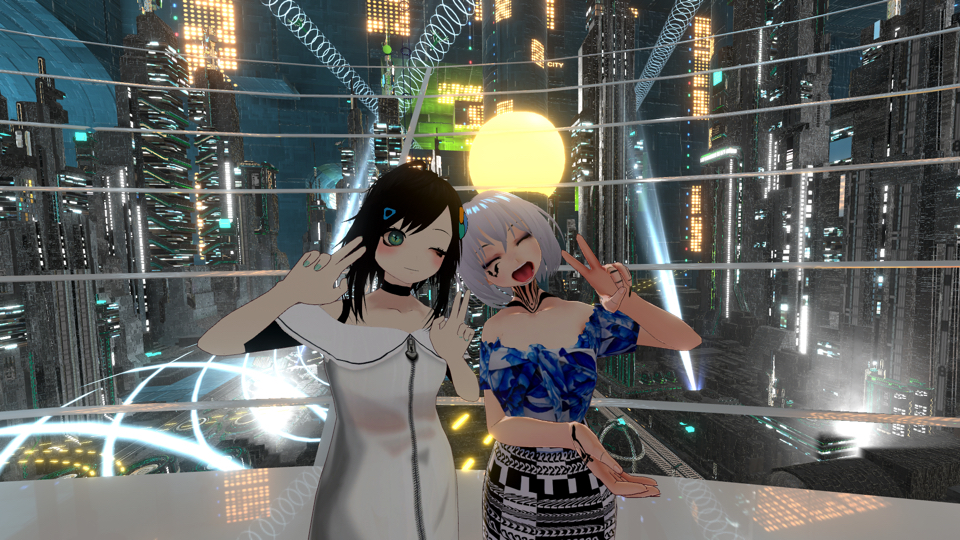
ーー先日プリ・ジャンルを受賞した論文は、日本の演劇文化からバ美肉について考察したものでしたね。このテーマについて考えるようになったきっかけは?
ミラ:きっかけは複数ありますね。たとえば、『ねほりんぱほりん』の中で、バーチャル美少女ねむさんが「バ美肉と人形浄瑠璃の類似性」について述べているのを見たことや、広田稔さんが「バ美肉が女形と類似していること」を述べた記事を読んだり(https://panora.tokyo/79651/)、畑中章宏さんが著書『死者の民主主義』でVTuberの人気について「人形浄瑠璃、3DCGキャラクター、最先端技術の組み合わせから生まれる」と述べたことなどから、「バ美肉、女形、人形浄瑠璃の類似性」についての研究を始めたのです。
バ美肉と日本の伝統的な演劇を歴史的に関連付けるのではなく、バ美肉の言説を調査するために後者を利用したことで、それらの伝統的な演劇芸術を彷彿とさせる美学、慣習、社会的な相互作用を発見することができました。情報提供者から得た情報によると、彼らは歌舞伎や人形浄瑠璃からインスピレーションを得て、自分たちの練習を正当化したと主張しているのです。
しかし、注意していただきたいのは、すべてのバ美肉がそのように考えていたり、伝統的な演劇を参照していると主張しているわけではありません。私の研究は、バ美肉を取り巻く多くの言説のうちのひとつを調査することに重点を置いています。
These are the references that led me to my research:
- In Nehorin Pahorin, Virtual Bishojo Nem mentioned similarities between babiniku and ningyō jōruri.
- Hirota Minoru mentioned in a web article that babiniku bear similarities with onnagata. (https://panora.tokyo/79651/)
- According to Hatanaka Akihiro, VTubers’ popularity results from a combination of ningyō jōruri, 3D computer-generated characters, and cutting edge-technology. (死者の民主主義)Based on that information I started researching the similarities between babiniku, onnagata, and ningyō jōruri. I do not make a historical association between babiniku and traditional Japanese theatre, rather, I use the latter to investigate the babiniku discourse. By doing such, I could discover aesthetics, practices, and social interactions that were reminiscent of those traditional theater arts. Based on gathered information from my informants, they claimed to draw inspiration from kabuki and ningyō jōruri to legitimize their practice.
But attention, I do not claim that ALL babiniku think that way or reference traditional theatre. My research focused on investigating one of the many discourses surrounding babiniku.
PANORA VR
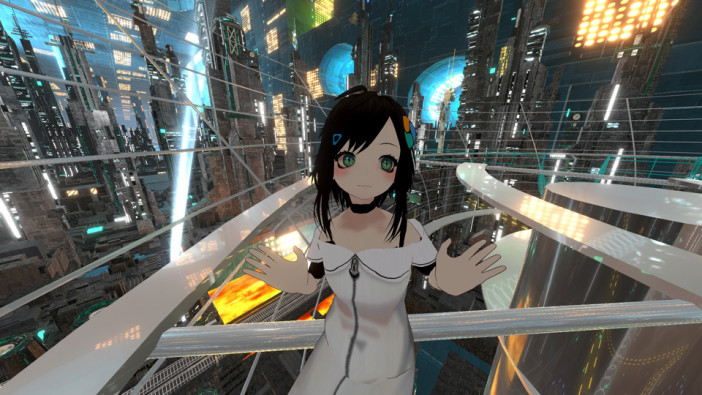
ーーあらゆる人が自分の好きなヴァーチャル・ヴィジュアル・アイデンティティを得ることのできる時代に感じている可能性とは?
ミラ:私がバ美肉に関する修士論文で集めた結果に基づいて答えるしかないのですが、参加者によると、テクノロジー、空間、動き、コンテンツ、ファッションなどの要素を使うことで「可愛いキャラクター=理想のなりたい自分」になって生きているそうです。バ美肉になり、承認、保護、認知の欲求を満たし、可愛いと思われるために、彼らは美少女を取り巻く視覚的要素の共通知識を利用するのです。彼らはバーチャルな美少女として生きる一方で、テクノロジーや美少女のステレオタイプを通じて、オルタナティブな男性像を創造し、これまでの性別概念をぶち壊そうとしています。
I can only answer based on the results that I have gathered during my master's thesis on babiniku. According to the participants, by using technology, spaces, movements, content, fashion, and other elements, my informants become kawaī characters, each living as their “ideal self.” To become a babiniku and satisfy their desire for approval, protection, and recognition and to be considered kawaī, those men tap into the common knowledge of visual elements surrounding bishōjo. While they live as virtual bishōjo, they also create alternative forms of masculinity and “hack” existing gender norms through technology and bishōjo stereotypes.

ーーまた、それがSNSのいちアイコンなどではなく、メタバースなどで身体性を帯びた表現やリアルタイム性をともなうことで生まれる可能性についてどう考えますか。
ミラ:バーチャルキャラクターになることは、個人にとってさまざまな可能性をもたらしますし、なかには既存の社会文化的な期待を「ハック」する人さえいます。たとえば、バ美肉からは、「もっとわがままになれる」「感情を表現できる」という意見がありました。伝統的な男性的価値観がまだ強く残っていると言われる社会の中で、自分自身の価値観を実現できたのです。
バーチャルな世界での性表現が変化しても、フィジカルな世界ではあまり変化がありません。 しかし、今後「誰もがかわいいバーチャル美少女になれる」から 「誰もがかわいくなれる 」という言説が生まれることを期待したい。こうして、かわいらしさをジェンダーや女性といった記号から切り離すことができるのです。
As mentioned in my previous answer, becoming virtual characters can offer a number of possibilities to individuals. Some even "hack" existing socio-cultural expectations. For example, some babiniku mentioned that they could be more wagamama and express their emotions. They could realize their own values in a society where they claim that traditional masculine values are still highly present.
While their gender expression changed in the virtual world, not much changed in the physical world. However, I hope that in the future the discourse would move away from "everyone can be a cute virtual girl" to "everyone could be cute." Thus, separating cuteness from gender and women.
